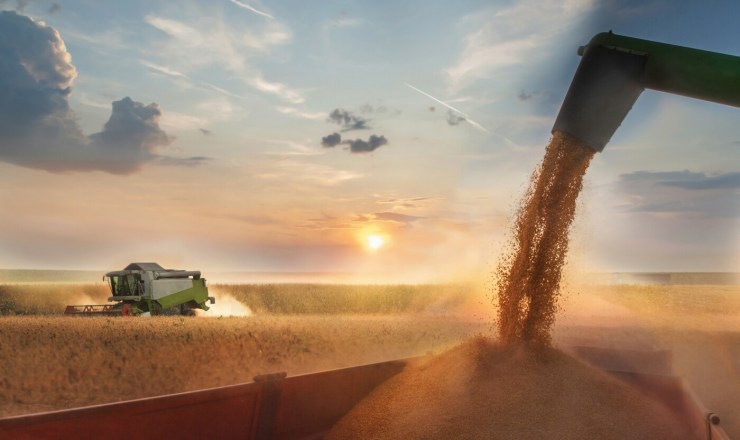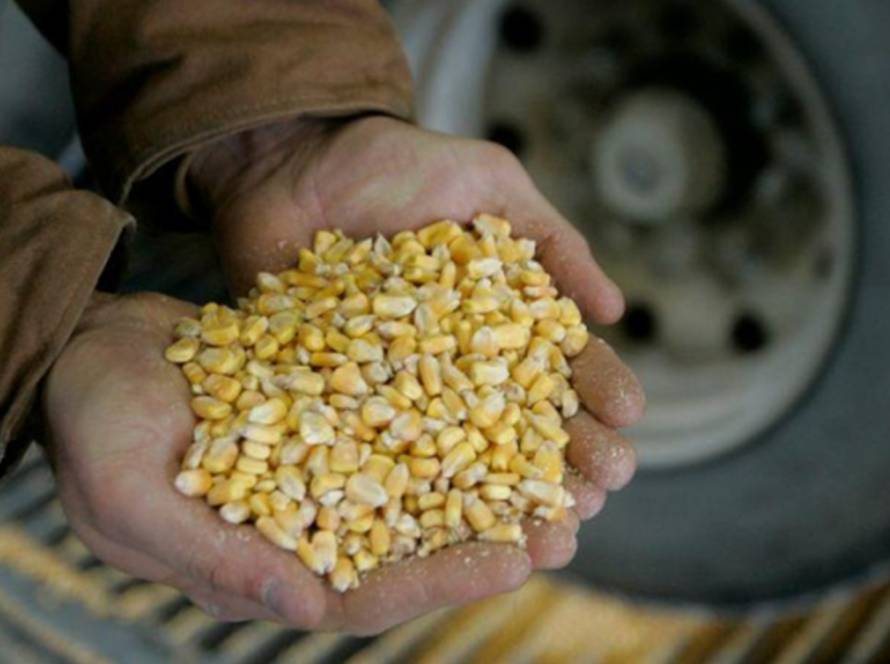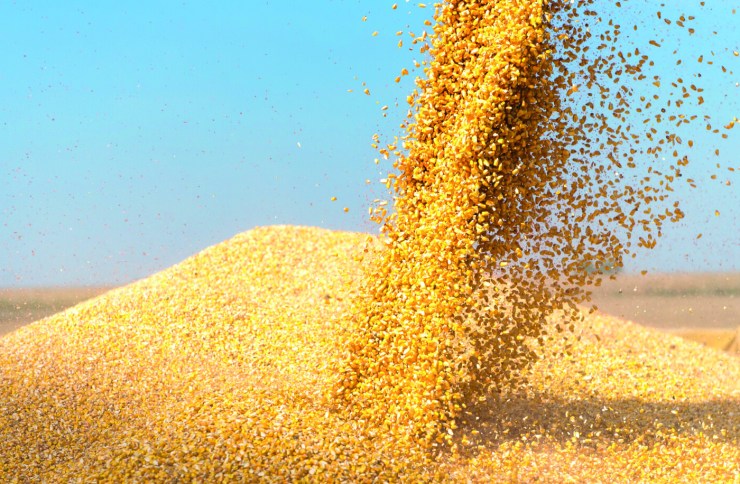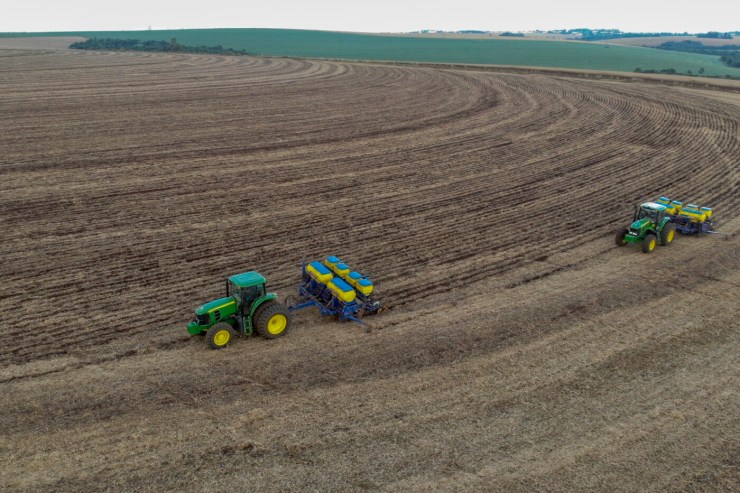The expansion of biofuel production, encouraged by national and international policies and agreements, has raised questions about its environmental performance for over 15 years. The concept gained international traction following a study by Searchinger et al. (2008), which questioned the sustainability of biofuel production, particularly corn ethanol produced in the United States, which could have higher greenhouse gas (GHG) emissions than fossil fuels, if indirect land-use effects are taken into account.
These effects are potentially caused by the need to expand agricultural production onto new lands to compensate for crops diverted from their original use to biofuels. Therefore, land-use change (LUC) can result in significant GHG emissions and undermine the carbon savings associated with biofuels.
 In recent years, agricultural practices and technologies related to corn production have made significant progress toward increasing productivity. Recent advances in agricultural technology have enabled the spread of multi-crop production systems. Benefits include, in addition to higher yields per area, second-crop crops allow for better soil protection and resource optimization in the agricultural production process. Second-crop corn, grown after soybeans, has played a crucial role in the debate over greater land use efficiency in modern agriculture.
In recent years, agricultural practices and technologies related to corn production have made significant progress toward increasing productivity. Recent advances in agricultural technology have enabled the spread of multi-crop production systems. Benefits include, in addition to higher yields per area, second-crop crops allow for better soil protection and resource optimization in the agricultural production process. Second-crop corn, grown after soybeans, has played a crucial role in the debate over greater land use efficiency in modern agriculture.
Additionally, from an agricultural perspective, the most economical option for farmers is to optimize land and resources to produce an additional good. The soybean-corn system allows for an additional growing window during the agricultural year, maximizing the utilization of the same area, generating positive effects on the soil when compared to monocultures of these two crops grown separately.
Technological improvements and regional climate conditions allowed for early planting of soybeans and succession cultivation of corn in the late 1990s. Virtually all, approximately 99%, of the corn produced in the state of Mato Grosso, where most of the corn ethanol industries are located, comes from the second harvest.
Between 2000/01 and 2024/25, the second-crop corn area in Brazil expanded by approximately 14 million hectares (Mha). On the other hand, the first-crop corn area decreased by 6.8 Mha. In the same period, the soybean area increased from 14 Mha to 47 Mha, an expansion of 33 Mha.
In the Central-West region, which accounts for 72% of Brazil's second-crop corn production, the 2004/05 soybean area was 10.8 million hectares, equivalent to the second-crop corn area observed in this region in 2024/25. (Conab, 2025). In the last 20 years, the soybean area has expanded by 103%, and only 50% of the current 22 million hectares of soybeans are cultivated with second-crop corn, meaning that there are still 50% that can be used for the production of second-crop crops.
 This scenario indicates that the expansion of second-crop corn production in the Central-West region occurred mainly in soybean areas that had been consolidated for many years (Corbeels et al., 2016; Embrapa, 2020). Furthermore, in the 2024/25 harvest, approximately 50% of the soybean area is occupied by second-crop corn in the Central-West region (Conab, 2025), leaving 50% that can be used for the production of second-crop crops.
This scenario indicates that the expansion of second-crop corn production in the Central-West region occurred mainly in soybean areas that had been consolidated for many years (Corbeels et al., 2016; Embrapa, 2020). Furthermore, in the 2024/25 harvest, approximately 50% of the soybean area is occupied by second-crop corn in the Central-West region (Conab, 2025), leaving 50% that can be used for the production of second-crop crops.
The second-crop corn ethanol production system optimizes land use and reduces the need for agricultural land. This is one of the results of the study published in the journal Nature Sustainability (Gurgel, et al. 2024), which shows that an increase of 5 billion liters of second-crop corn ethanol generates:
- expansion of 600 thousand hectares (ha) of second-crop corn in Brazil in already consolidated soybean areas;
- reduction in demand for corn and soybean meal for animal feed, with replacement by Dried Distillers Grains (DDG), a by-product of ethanol production, resulting in the release of 25,000 ha of agricultural land;
- intensification of livestock farming and reduction of pasture area by 168 thousand ha;
- increased reforestation by 50 thousand ha.
This shows that the second-crop corn ethanol production system is capable of producing ethanol and animal feed products, optimizing land use, without requiring additional land for other uses and freeing up land for food production.




